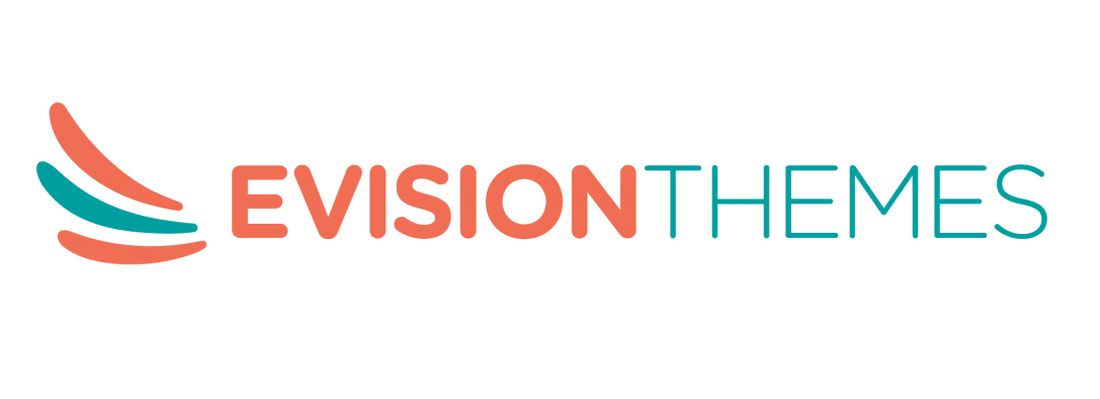Website security is a must in today’s environment. It’s likely that you’ve heard the term “cyber-attacks” if you know how to use a computer and can perform basic internet browsing. It shouldn’t come as a surprise that cyberattacks are on the rise daily in this modern age where most activities are conducted online.
Any portable device, including mobile phones, tablets, laptops, PCs, and websites of all sizes is susceptible to cyber threats. Today, disregarding cybersecurity is like leaving money on your front porch and expecting to find it there when you get back from your holiday.
Yahoo is a well-known example of a cyberattack. They reported that 500 million users’ personal data had been stolen by hackers. Even more information about the data breach came to light, including the discovery that 200 million customers’ data were being sold on a dark web marketplace.
Did you know?
According to a 2023 report, a tenth of all cyber-attacks is easily preventable.
Let’s go through some of the top recommendations for protecting your website from online criminals so that your data and reputation as a company remain safe:
Site security tips from experts

1. Software updates
Updates for your web server must be carried out on a regular basis even if they take time and resources (including testing). Hackers use zero-day exploits to take advantage of unpatched software.
The majority of hacked websites use unpatched or out-of-date software. If you utilize a content management system, like WordPress, you must make sure to update it as soon as a new version is released. As it might not be possible to regularly check for the availability of updates manually, you must use automated alerts regarding their availability.
For best practice, it is highly recommended you invest in a patch management system.
2. Password Policies

Establish a strict password policy and stress to all users the value of following it. It is advised to use a combination of alphabetic, numeric, and special characters in passwords that are at least 14 characters long.
Avoid using dictionary words or information that can be used to identify you, such as your date of birth, phone number, or license plate. Use passphrases if the system permits. Use unique passwords only. Password managers are helpful, but opinions on their security are divided. Change each default password, and never divulge it.
3. Apply multi-factor authentication
There is still a way to keep hackers out of your website if they obtain your admin password through phishing or malware. It is accomplished by multi-factor authentication, sometimes known as two-factor authentication.
MFA (Multi-Factor Authentication) can be set up in a variety of ways, some of which are:
- Digital certificates are used for mutual authentication.
- OTPs received via email or SMS are one-time passwords or verification codes.
- A token is used to complete the verification.
- Using a mobile app for verification like Google Authenticator
One-time passwords are the least secure multi-factor authentication method available, but they are also the most often used one because of how easy they are to set up. On the other hand, due to public key encryption, digital certificates are regarded as the most secure MFA. There are no passwords used that could fall victim to malware or phishing.
4. Securing emails

For the majority of companies and corporations, emails are one of the most important communication channels where strategies are developed, important information is communicated, and alliances are forged.
Emails are frequently seen as one of the “weakest links” in a company’s cyber security plan and procedures because they are an insecure medium. In fact, over 90% of cyber-threats come through email environments.
The easiest strategy to combat phishing attacks, which occur in one out of every 99 emails, is to use spam filters to block the email before it reaches its intended recipient. More than 90% of those hazardous and malicious emails may be stopped by the best spam and malware filters before they reach the recipient’s inbox.
Things to look for in a spam filter:
- It needs to be based on current spam intelligence, such as spam blacklists.
- Complies with record settings like DKIM and SPF.
- It provides a sophisticated malware scanner without the use of fingerprinting files (because malware changes quickly).
- Allows users to blacklist or whitelist email senders.
- Enables administrators to add senders to a whitelist or blacklist.
5. Avoid hosting multiple websites on a single server
Although hosting many websites on one server can save you a significant amount of money, online security experts do not advise this strategy. A server with just one content management system (CMS), like WordPress or Joomla, will offer just one theme and a few targetable plugins.
However, having numerous websites also means having numerous CMS and plugins that might be attacked. If one website is successfully compromised, other websites hosted on the same server may also get infected.
6. Website security applications

Different strategies for web application security address various flaws. Among the more thorough defenses are web application firewalls (WAFs), which track and filter traffic between the web application and any user. A WAF can stop harmful traffic from accessing the web application and stop the app from releasing any unauthorized data when it is configured with policies that help decide what traffic is secure and what isn’t.
Other web application security techniques, like IP deny lists, cookie management, traffic visibility, app vulnerability scanners, and user authentication and access management, concentrate on these issues.
Web application firewalls (WAFs), multi-factor authentication (MFA) for users, the use, protection, and validation of cookies to maintain user state and privacy status, and various methods for validating user input to ensure it is not malicious before that input is processed by an application are just a few of the measures used to protect applications by web application security products and policies.
To conclude…
Now that you are aware of the best practices for website security, you can protect any sort of website. Cybercriminals regularly target numerous websites of all sizes, therefore it shouldn’t come as a surprise that the frequency of these attacks is rising.
To put it another way, you need website security strategies that can fend off threats like SQL injection, DDoS, phishing emails, and malware.

